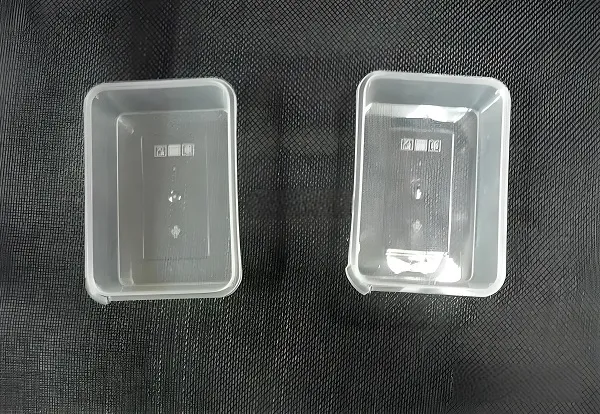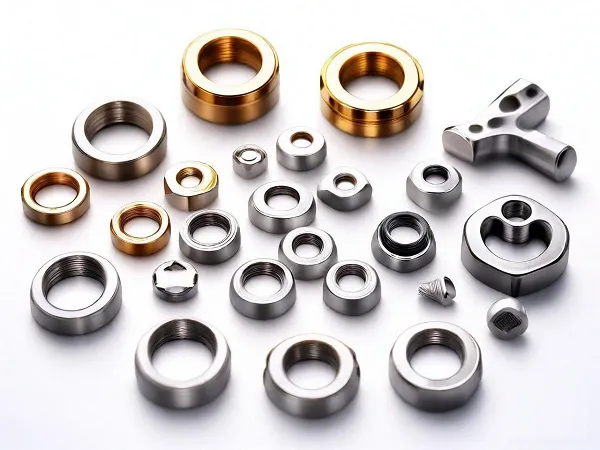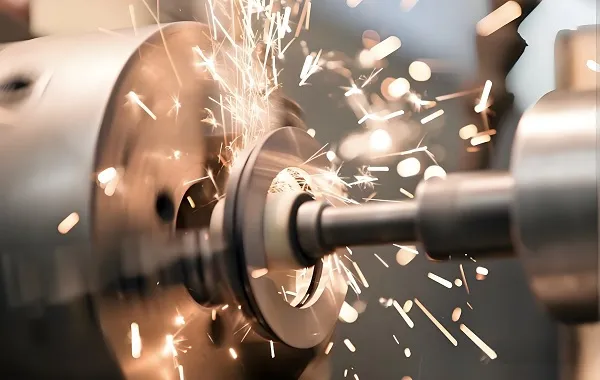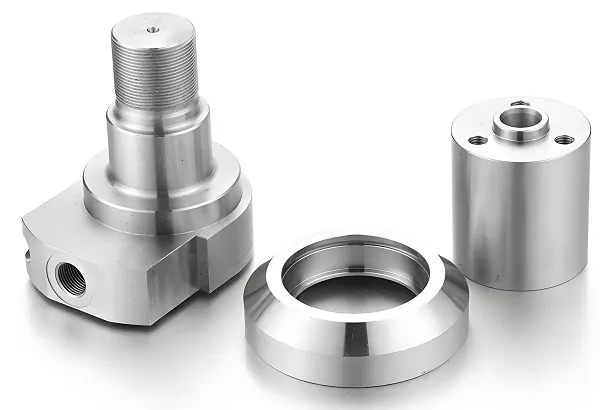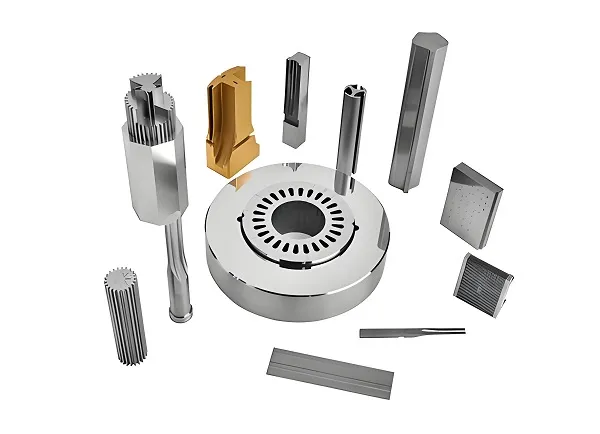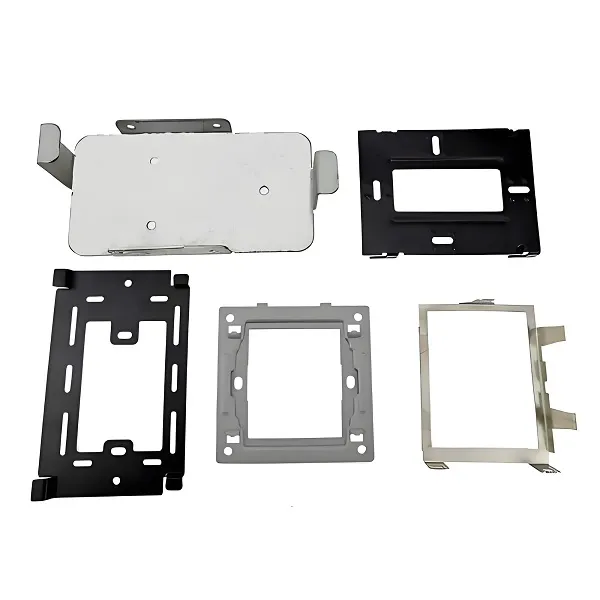CNC machining, namely Computer Numerical Control machining, is an indispensable part of modern manufacturing. It utilizes advanced computer technology and precise mechanical equipment to achieve efficient and precise processing of materials. CNC machining parts service refers to providing customers with one-stop CNC machining services from design, processing to finished products. This article will conduct an in-depth introduction to CNC machining parts service from the following seven aspects.
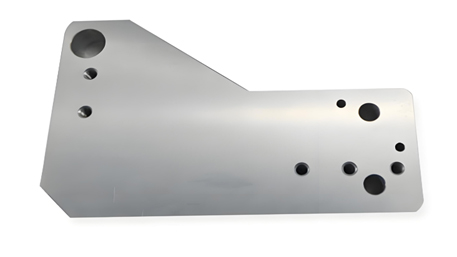
I. Overview of CNC Machining Technology
CNC machining technology is an automated processing technology based on computer programs. It uses pre-programmed programs to control the relative movement of the machine tool and the workpiece, thereby achieving precise processing of the shape, size and surface quality of the workpiece. CNC machining technology has the advantages of high processing accuracy, high production efficiency and strong adaptability, and is widely used in multiple fields such as automobiles, aerospace, medical devices and electronic products.
II. Types and Characteristics of CNC Machine Tools
There are many types of CNC machine tools, which can be divided into various types such as milling, turning, drilling and grinding according to the processing methods. Different types of CNC machine tools have different characteristics and application scopes. For example, CNC milling machines are suitable for processing complex shape parts such as planes, curved surfaces and grooves; CNC lathes are mainly used for processing rotary parts. The characteristics of CNC machine tools mainly include high precision, high efficiency, high flexibility, high reliability and easy realization of automated production.
III. CNC Machining Process Flow
The CNC machining process flow usually includes the following steps: drawing analysis, process design, programming and simulation, tool selection and clamping, machine tool debugging and processing, quality inspection and finished product delivery. In the drawing analysis stage, technicians need to carefully interpret the drawings to ensure a comprehensive understanding of the shape, size, material and technical requirements of the workpiece. In the process design stage, the processing scheme, processing sequence and cutting parameters are determined according to the drawing requirements. In the programming and simulation stage, technicians use CAD/CAM software for programming and conduct simulation verification to ensure the program is error-free. In the tool selection and clamping stage, the appropriate tools are selected and clamped according to the processing requirements and material characteristics. In the machine tool debugging and processing stage, the machine tool is debugged, and formal processing is carried out after ensuring that all parameters meet the requirements. In the quality inspection and finished product delivery stage, the quality of the processed parts is inspected, and the finished products are delivered after ensuring that they meet the drawing requirements.
IV. Key Technologies in CNC Machining
The key technologies in CNC machining include tool technology, cutting parameter optimization and error compensation technology. Tool technology is one of the core technologies in CNC machining, which directly affects the processing efficiency and processing quality. Cutting parameter optimization is the key to improving processing efficiency and reducing processing costs. Error compensation technology is used to eliminate or reduce processing errors caused by factors such as machine tool accuracy and tool wear.
V. Selection and Treatment of Materials for CNC Machining
The selection of materials for CNC machining should be comprehensively considered based on factors such as the use of the part, working environment and mechanical properties. Common CNC machining materials include metals (such as aluminum alloys, stainless steel, titanium alloys, etc.), plastics (such as ABS, nylon, etc.) and composite materials. When selecting materials, the processability and cost of the materials also need to be considered. In terms of material treatment, it mainly includes material pretreatment (such as heat treatment and surface treatment) and material management during processing (such as material marking and classified storage).
VI. Quality Control and Inspection of CNC Machining
CNC machining quality control is the key to ensuring the processing quality of parts. During the processing, factors such as cutting parameters, tool wear and machine tool accuracy should be strictly controlled to ensure the stability of the processing process. At the same time, quality inspection is also required, including size inspection, shape inspection and surface quality inspection. Common quality inspection methods include three-coordinate measuring instrument inspection and optical measuring instrument inspection. Through quality control and inspection, problems in the processing process can be discovered and corrected in time to ensure that the processing quality of the parts meets the requirements.
VII. Advantages and Development Trends of CNC Machining Services
CNC machining services have many advantages, such as high precision, high efficiency and high flexibility. It can meet the individualized needs of customers in terms of the shape, size and material of parts. With the development of the manufacturing industry, CNC machining services show the following development trends: First, intelligence, by introducing technologies such as artificial intelligence and big data, to achieve intelligent monitoring and management of the processing process; second, greening, by optimizing cutting parameters and using environmentally friendly materials to reduce energy consumption and pollution in the processing process; third, networking, using Internet technology to achieve functions such as remote monitoring and remote programming to improve service efficiency and convenience.

